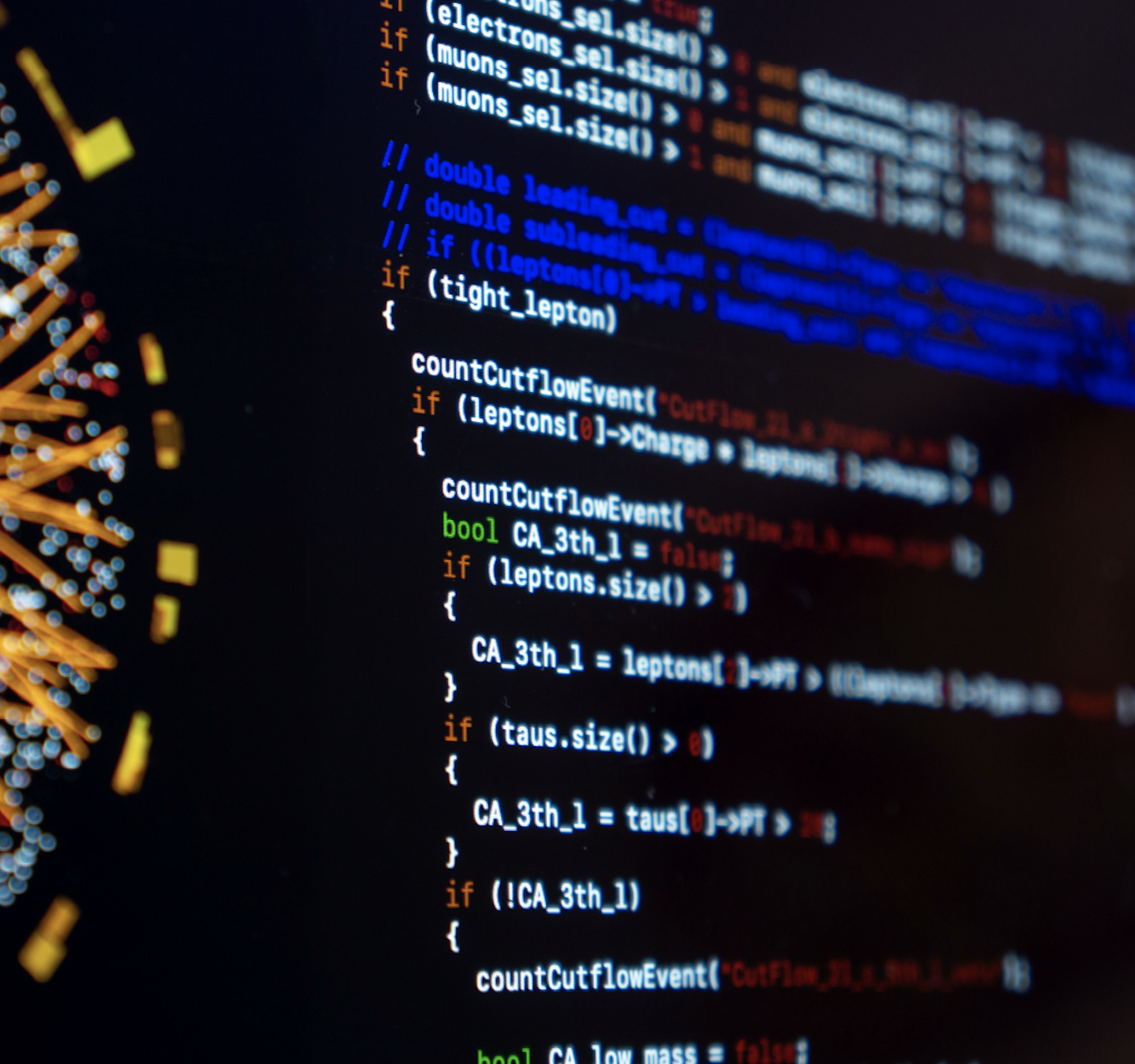Know-how and experience derived from early adoption of neural network techniques by particle physics community.
CERN's Know-How
- Particle physicists were among the first to use machine learning (ML) in software for analysis & simulations
- First AI HENP seminar in 1990
- Already in 2010, the CMS and LHCb experiments successfully introduced machine learning algorithms to its trigger system
- Higgs boson discovery earlier than expected (2012), also with help of ML
Facts & Figures
- <10 μsec: ML applied for extremely fast decision making in CERN detector trigger systems
- AUC> 90%: High true positive / low false positive rates achieved even in sparse images with little datapoints
- >1000 times faster: Convolutional neural networks have dramatically decreased computing time in physics (vs traditional computing)
- ~100% efficient: Highly reliable trace reconstruction algorithms using tailored neural network techniques, even with multiple tracks in one sensor
Value Proposition
Read more about Machine Learning and Deep Learning here.
Key Competences
Designing & Training Neural Networks
CERN has a long history in the design and training of neural networks in for example classification, filtering, event and particle detection, regression, clustering and anomaly detection. Most of the ML/DL codes are tailor made using C++, Phyton, TensorFlow and Keras and applied in software or hardware (FPGAs).
Fast neural network inference in FPGAs
CERN needs ultra fast machine learning interference (execution in μsec), requiring compact code for FPGAs. A companion compiler package for this work is developed based on High-Level Synthesis (HLS) called hls4ml to build machine learning models in FPGAs, allowing for fast prototyping and shorter time to results.
Key Applications
TMVA as Open Source ML / DL Toolkit
The open source Toolkit for Multivariate Data Analysis (TMVA) developed by CERN provides a machine learning environment for the processing and evaluation of multivariate classification, both binary and multi class, and regression techniques. It is integrated in ROOT, a modular scientific software toolkit (C++).

